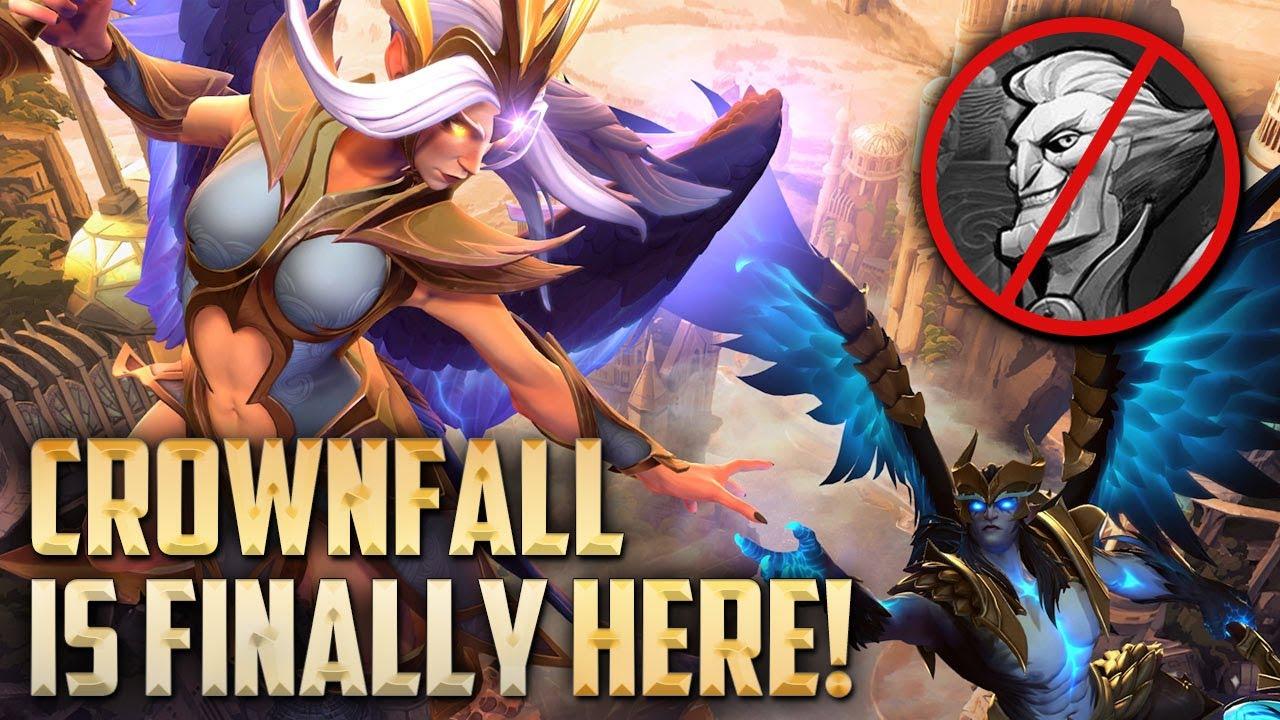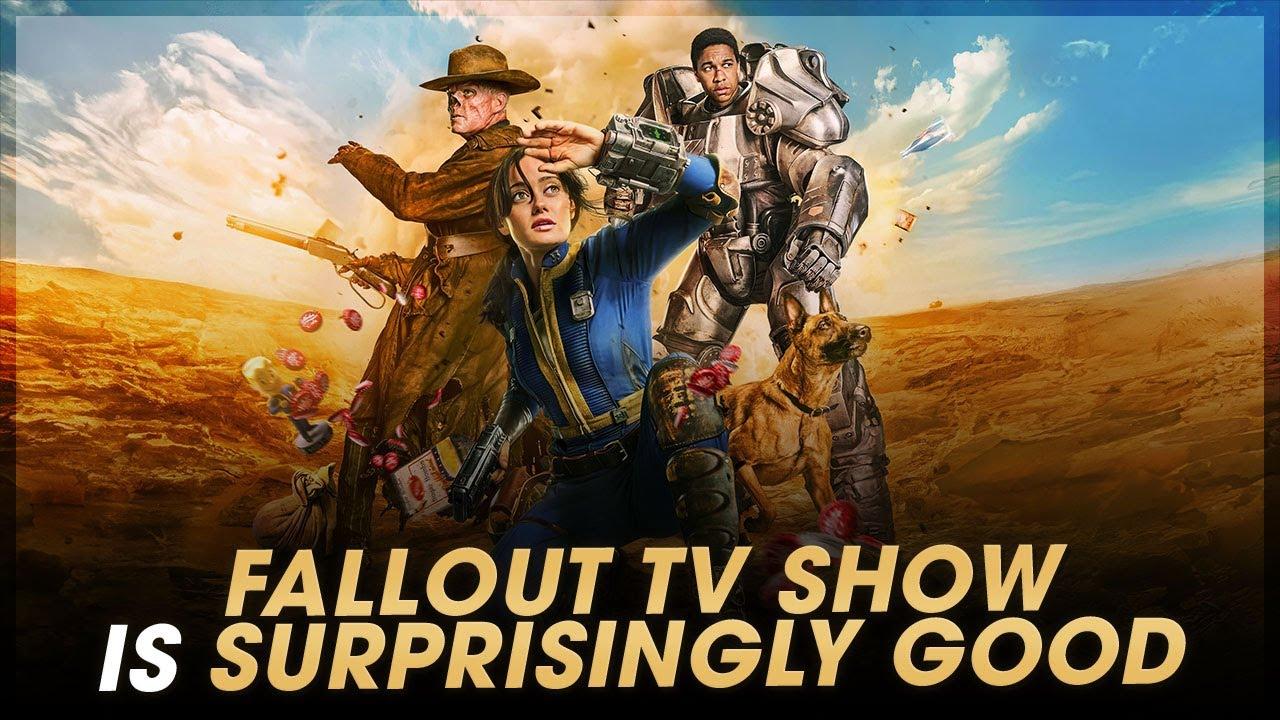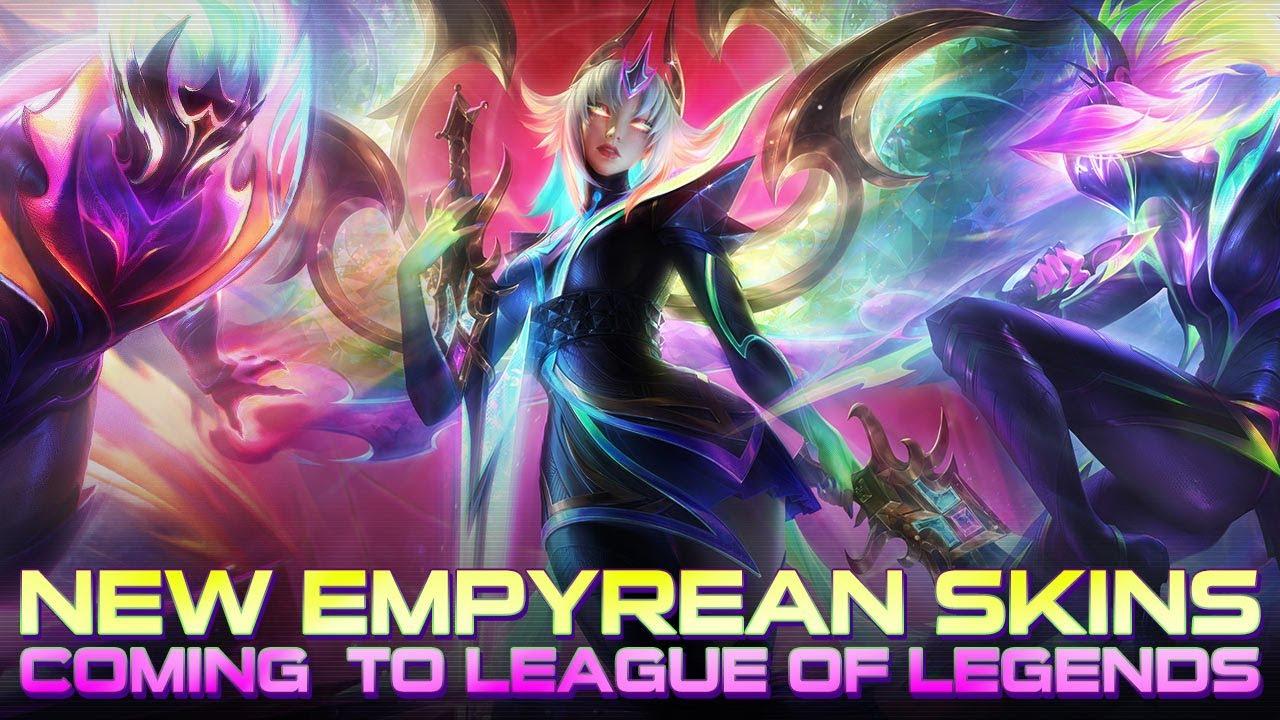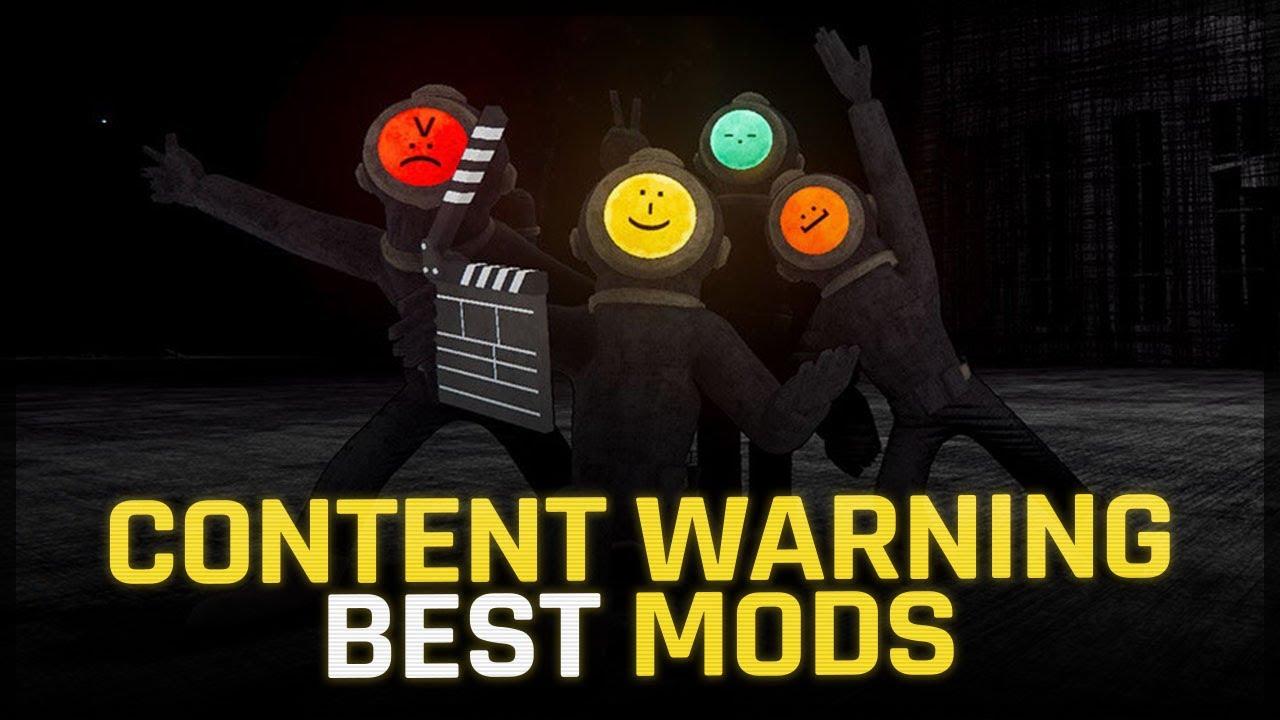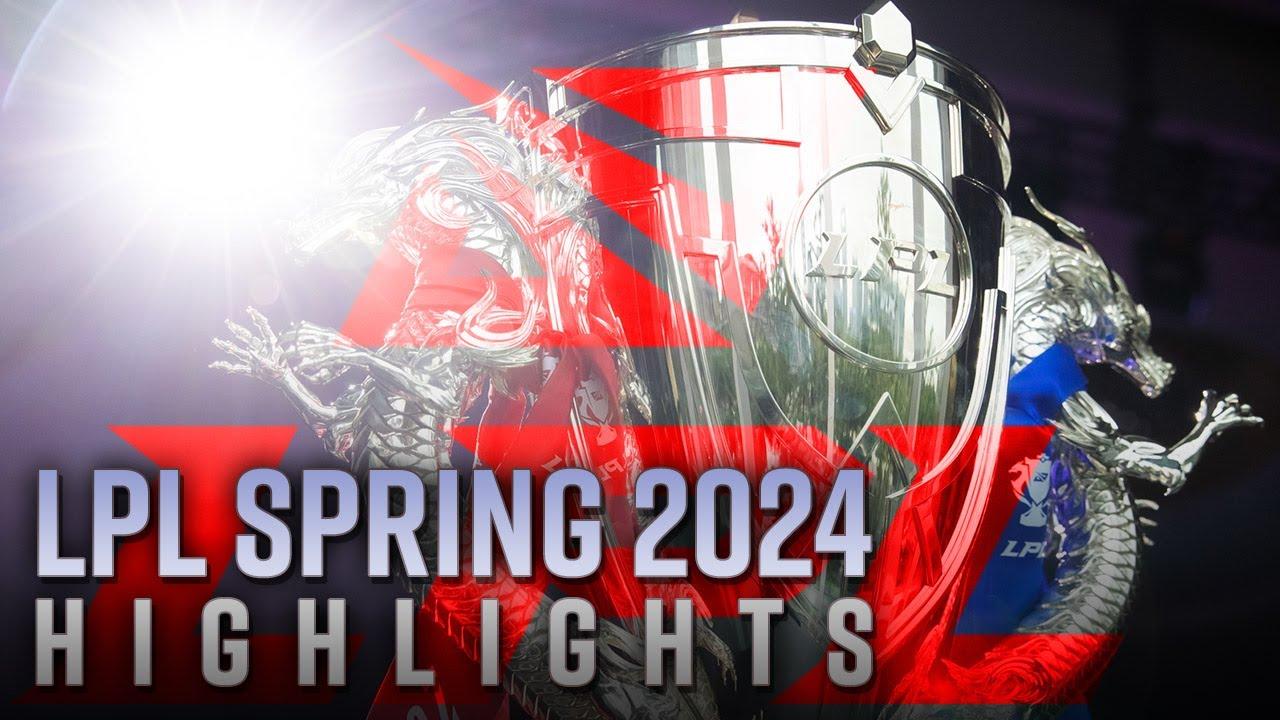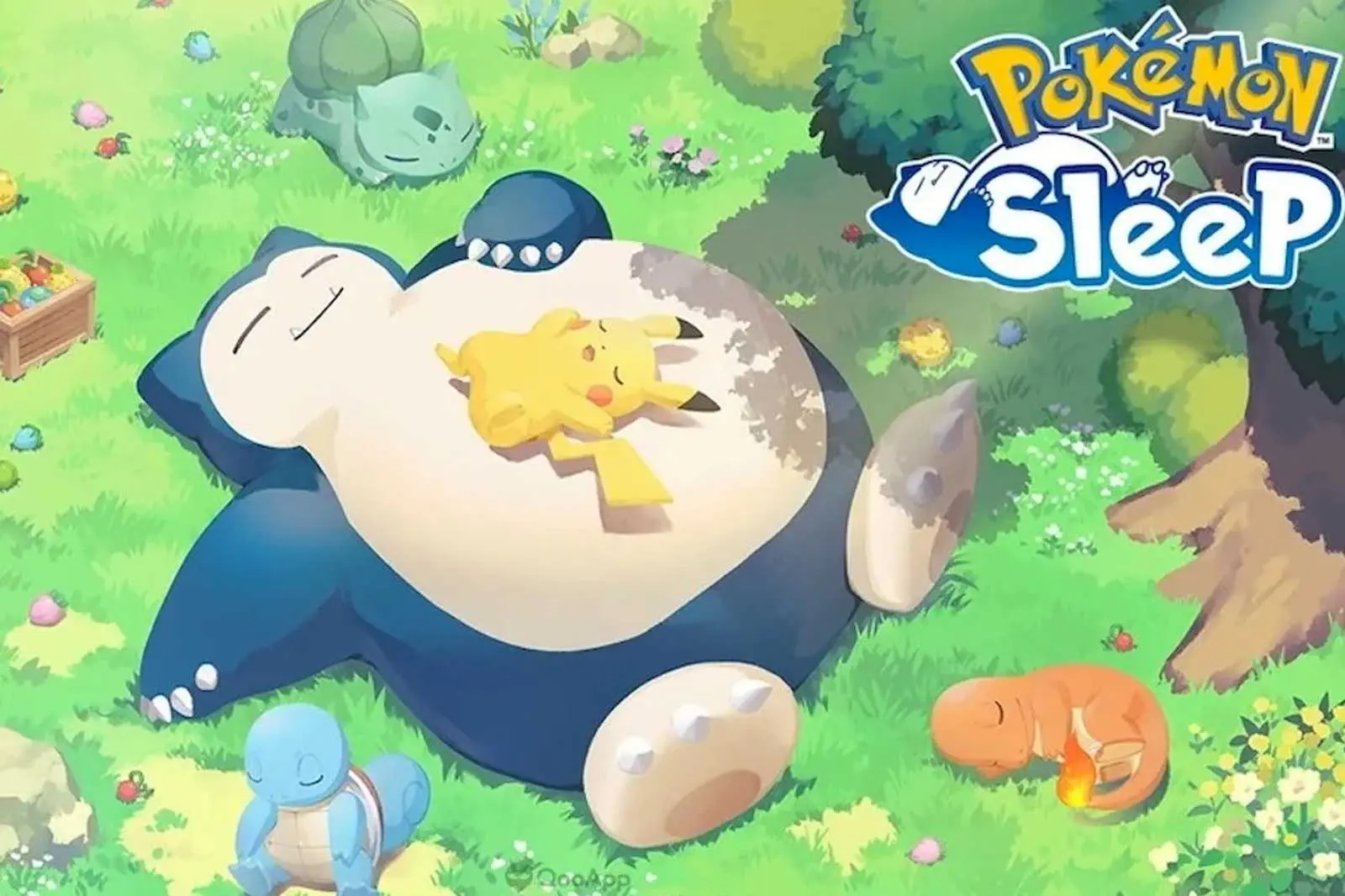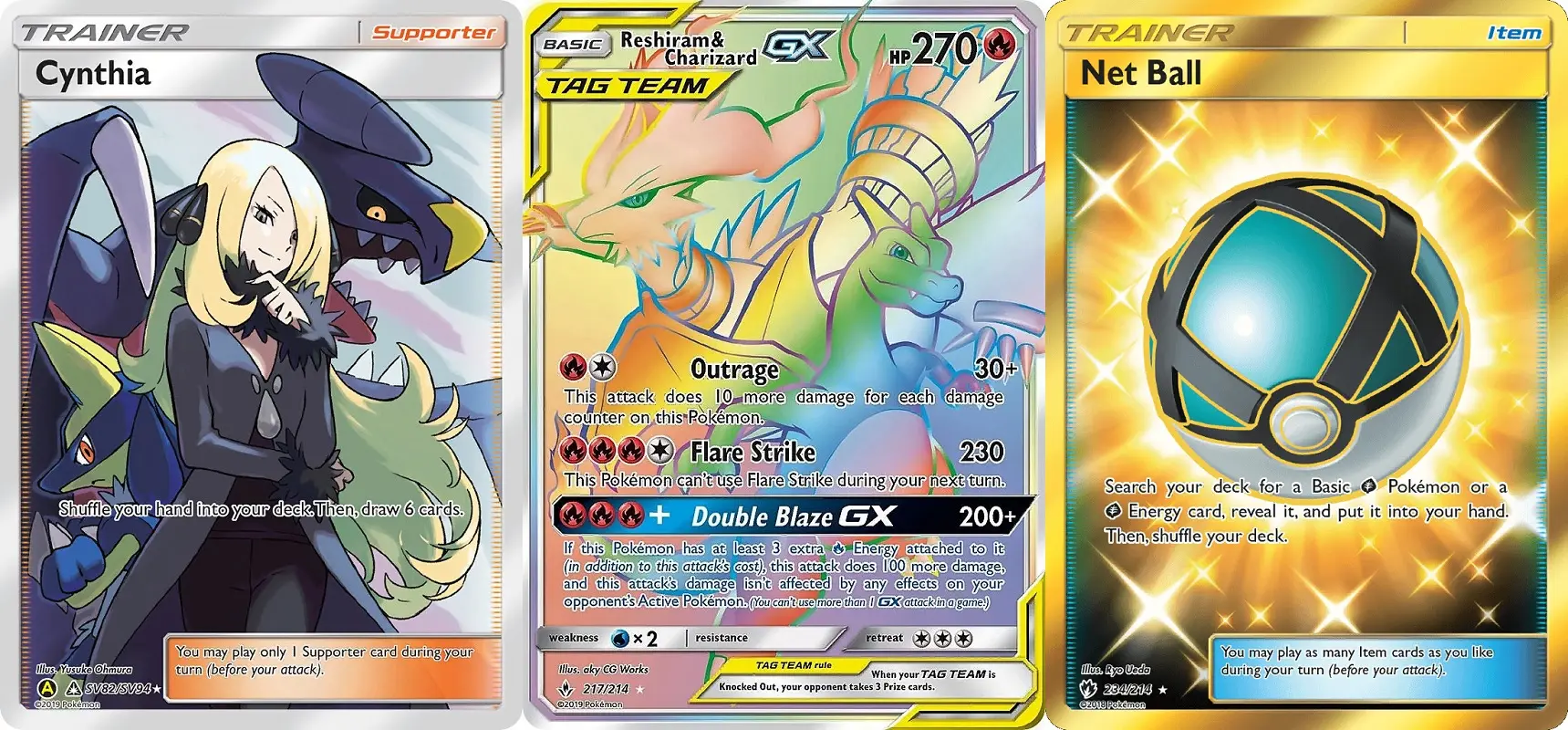
Everything you need to know about full art Pokemon cards
Pokemon cards are all the rage these days, and a big part of that is the eye-catching full art cards.
The Pokemon TCG has lured back many lapsed fans thanks to how striking many of the cards now look. The most impressive and expensive of these are full art cards.
There are many different types of full art cards and there is a fair bit of history regarding them. Here’s where full art Pokemon cards came from and how you can get them for yourself.
What is a full art Pokémon card?
Full art Pokémon cards are rare variants of other Pokemon cards which are usually released within the same set as the original.
They have the text and energy requirements applied directly onto the card’s artwork without any sort of background or borders. Starting with the Pokemon X and Y base set, full art cards almost exclusively feature textured fronts.
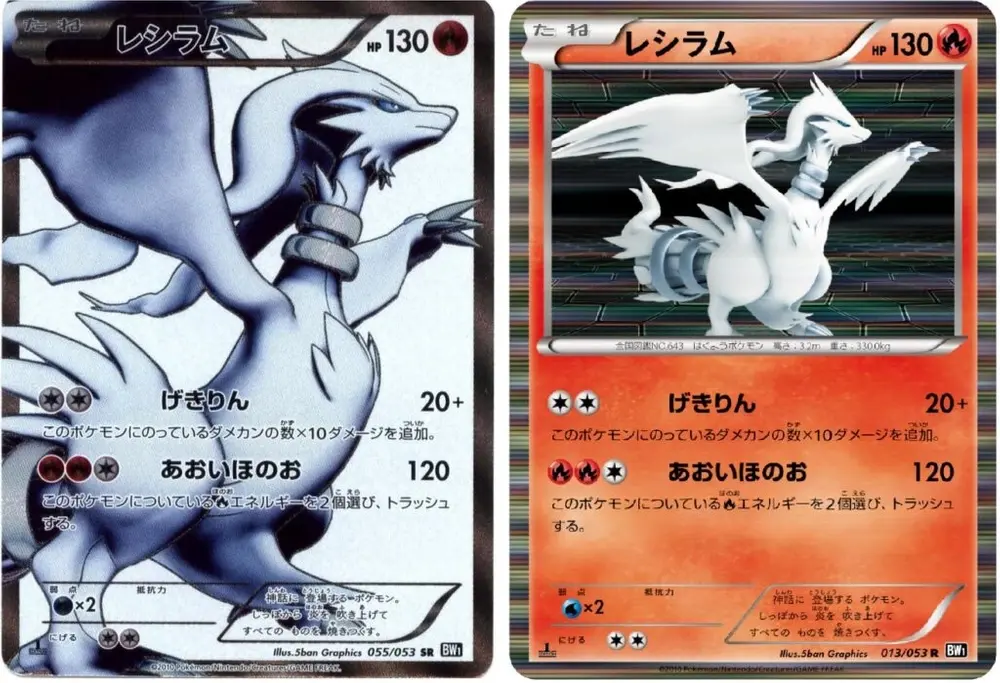
Full art Pokémon cards were first introduced as part of Pokémon TCG’s Black and White base set with special versions of Reshiram and Zekrom. These alternate looks were originally reserved for a select few Pokémon, but this later branched out to cover a broader number of Pokémon.
The first full art supporter card in the Pokémon TCG came in Black and White: Noble Victories with an alternate version of N. During the Pokémon Black and White set, supporter cards eventually expanded to the point that almost every supporter card had a full art variant.
The introduction of Pokémon EX cards in the Black and White: Next Destinies expansion saw full art cards become a much larger part of the Pokémon TCG. With Next Destinies, almost every Pokémon EX card received a full art print. These EX cards were also the first to have textured artwork, with the previous full arts only having a foil sheen.
The Sun and Moon base set saw another big expansion in full art Pokémon cards. With Pokémon Sun and Moon, full art item cards were introduced alongside secret rare rainbow variants of full art Pokémon cards. Starting with the Pokémon Sword and Shield base set, secret rare rainbow versions of full art supporter cards were also introduced.
How much are full art Pokémon cards worth?
Full art Pokémon cards vary wildly in price, starting at less than $10 and pricing up into thousands of dollars per card.
Many full art Pokémon cards have been released as promotional cards and are therefore easily obtainable. Others have only been obtainable by chance through opening packs, but there are a wide variety of factors that can contribute to a card being highly affordable or prohibitively expensive.
Cards that are popular in the actual Pokémon TCG meta can become very expensive, with their price increasing exponentially for full arts. During its run as a staple card, rainbow full art Tapu Lele GX cards sold for well over $100 but other secret rares from the same set were as low as $8. There are also cards that are just attractive to players such as Charizard and anything where the “waifu tax” would apply.
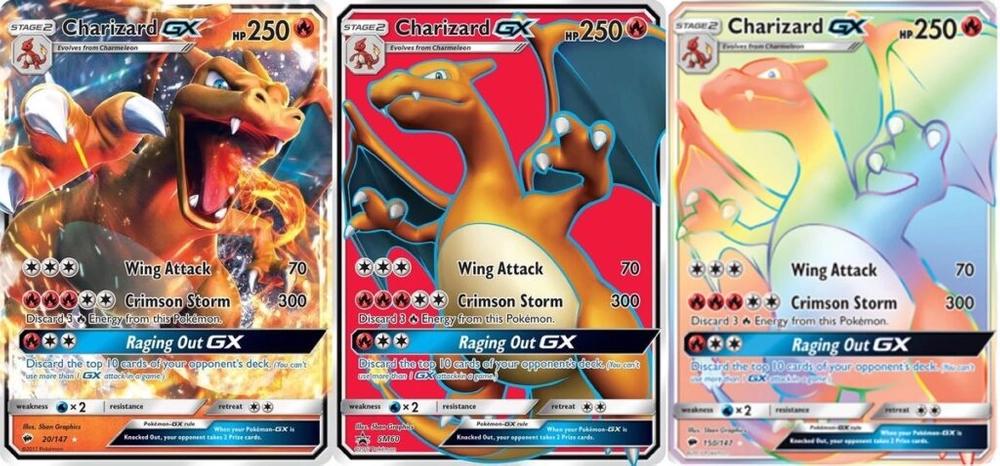
For the rare and most highly sought-after full art cards, PSA and Beckett grading is the primary factor that can potentially drive prices up into the thousands of dollars. An ungraded rainbow full art card of Sun and Moon: Burning Shadows Charizard GX can be had for under $350. By comparison, a card of the same sort graded 10 by Beckett or PSA can go for over $6,000.
How to get full art cards
Full art Pokémon cards can be obtained by opening Pokémon card packs or can be purchased directly through resellers. Some full arts cannot be obtained by opening packs and instead are included as parts of special limited-edition collections.
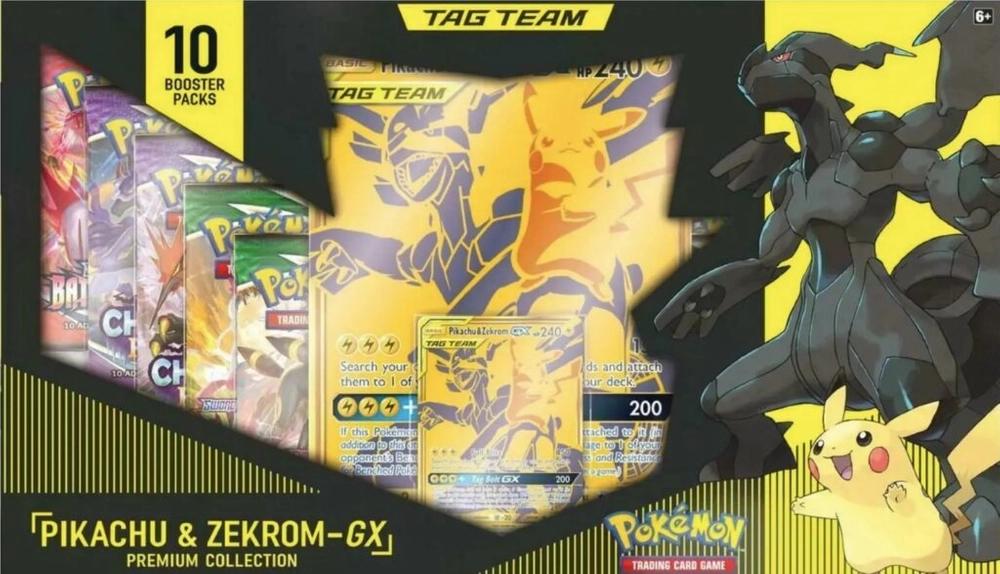
The easiest way to get full art Pokémon cards is through buying “premium collection” boxes that include a full art promo card. This guarantees at least one full art card, with the chance to get more from the enclosed packs. For example, the Marnie Premium Tournament Collection box contained a special full art Marnie card with seven booster packs that may contain even more.
Of course, full art Pokemon cards can be purchased normally from card shops, game stores, and other resellers. This is the easiest way to obtain specific full art cards and will almost certainly yield the desired card more affordably than opening hundreds of packs.
Recommended
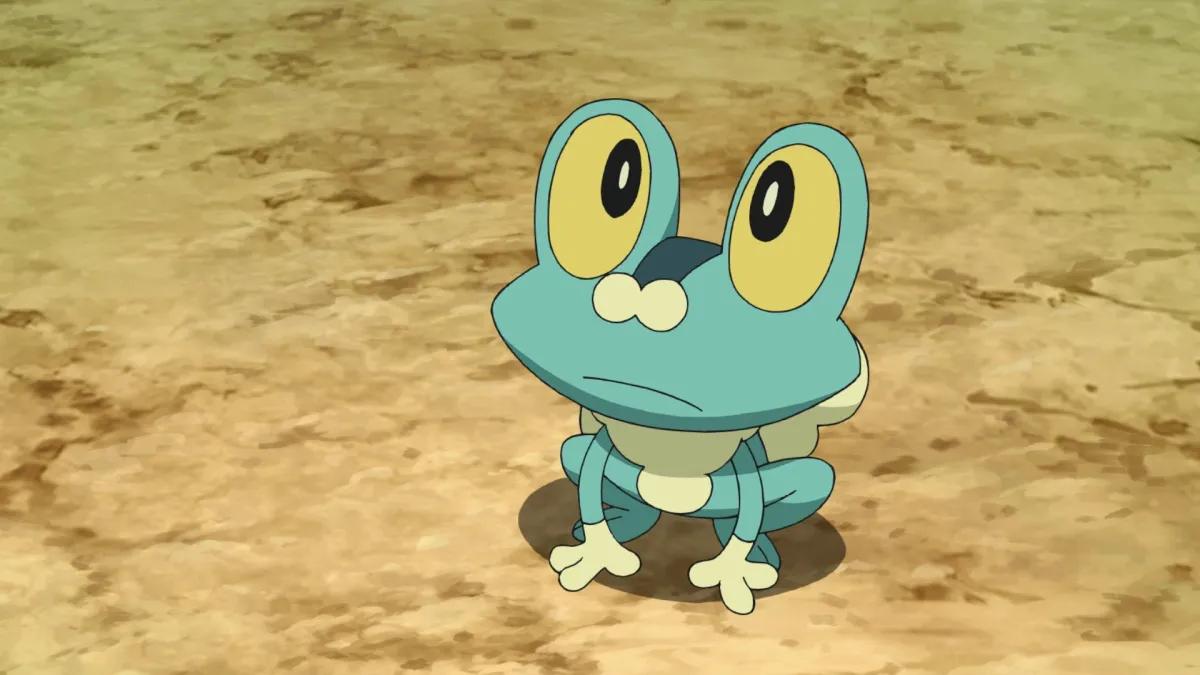
Froakie to be featured in the Pokemon Go August Community Day
Grab your Froakie while you can!
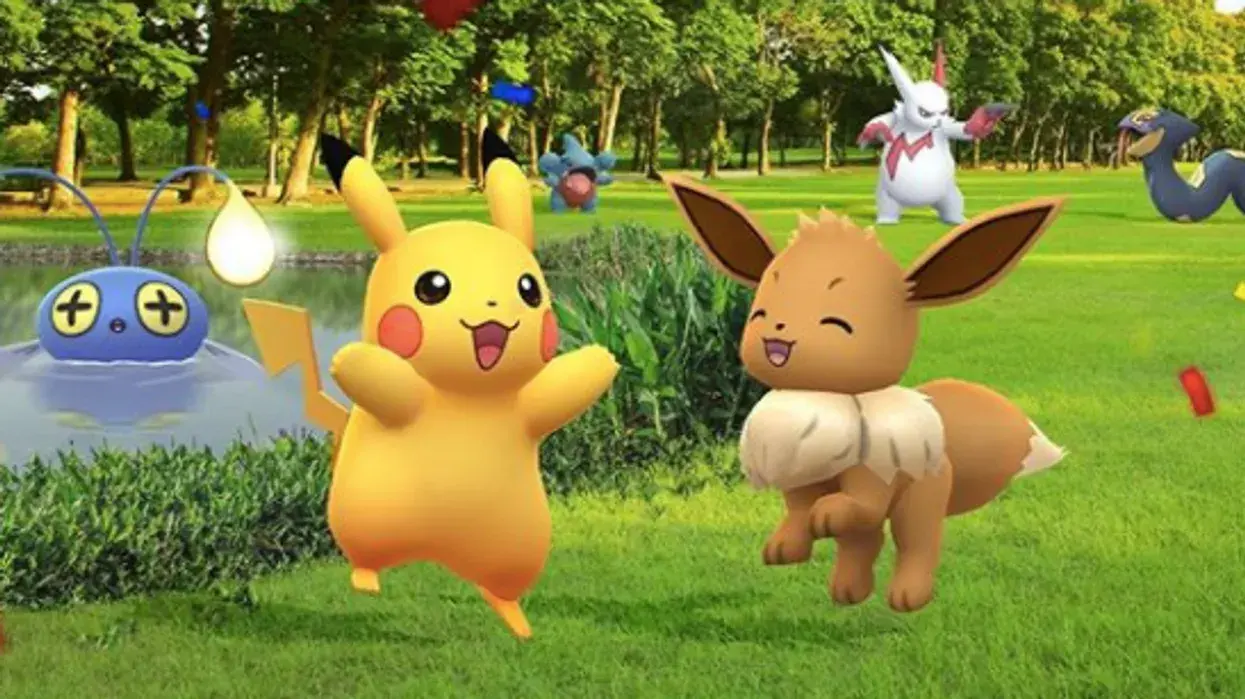
Pokemon Go Spotlight Hours for August 2023
August is a month for the classics!

